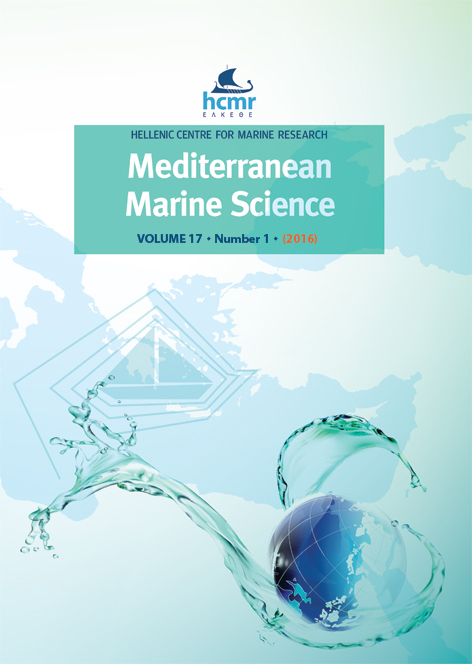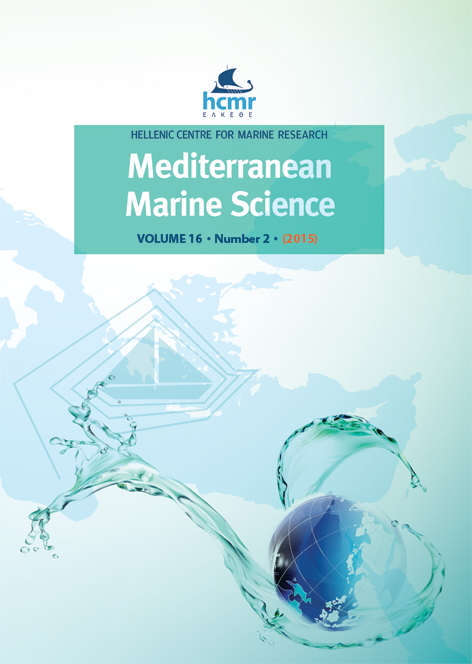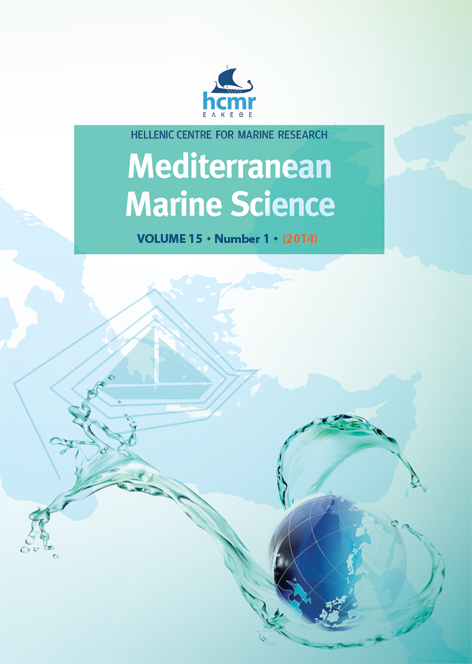A prolonged red tide of Heterocapsa triquetra (Ehrenberg) F. Stein (Dinophyceae) and phytoplankton succession in a eutrophic estuary in Turkey
Abstract
A prolonged red tide of Heterocapsa triquetra and phytoplankton succession were investigated in a eutrophic estuary (Golden Horn) for a year. Runoff following the rainfall in winter supplied high amounts of nutrients and also created a mesohaline frontal zone in the middle and upper estuary. Red tide of H. triquetra was first observed with an orange-brownish water discoloration at the upper estuary in January. Highest cell density of H. triquetra was 2.7×106 cells l-1 in January and reached to 19.2×106 cells l-1 in April. Successive blooms continued with dinoflagellate Prorocentrum minimum in May and phytoflagellates Eutreptiella marina and Fibrocapsa sp. in summer. High chl-a and dissolved oxygen were measured in the spring depending on algal biomass. Findings indicate that H. triquetra might be adapted to moderate salinity and low temperatures and red tide events should be considered as a response to increasing eutrophication due to high amounts of nutrients. Eutrophication can lead to harmful algal blooms for this area in the near future.
Article Details
- Zitationsvorschlag
-
TAS, S. (2015). A prolonged red tide of Heterocapsa triquetra (Ehrenberg) F. Stein (Dinophyceae) and phytoplankton succession in a eutrophic estuary in Turkey. Mediterranean Marine Science, 16(3), 621–627. https://doi.org/10.12681/mms.1049
- Ausgabe
- Bd. 16 Nr. 3 (2015)
- Rubrik
- Short Communication
Authors who publish with this journal agree to the following terms:
- Authors retain copyright and grant the journal right of first publication with the work simultaneously licensed under a Creative Commons Attribution Non-Commercial License that allows others to share the work with an acknowledgement of the work's authorship and initial publication in this journal.
- Authors are able to enter into separate, additional contractual arrangements for the non-exclusive distribution of the journal's published version of the work (e.g. post it to an institutional repository or publish it in a book), with an acknowledgement of its initial publication in this journal.
- Authors are permitted and encouraged to post their work online (preferably in institutional repositories or on their website) prior to and during the submission process, as it can lead to productive exchanges, as well as earlier and greater citation of published work (See The Effect of Open Access).







